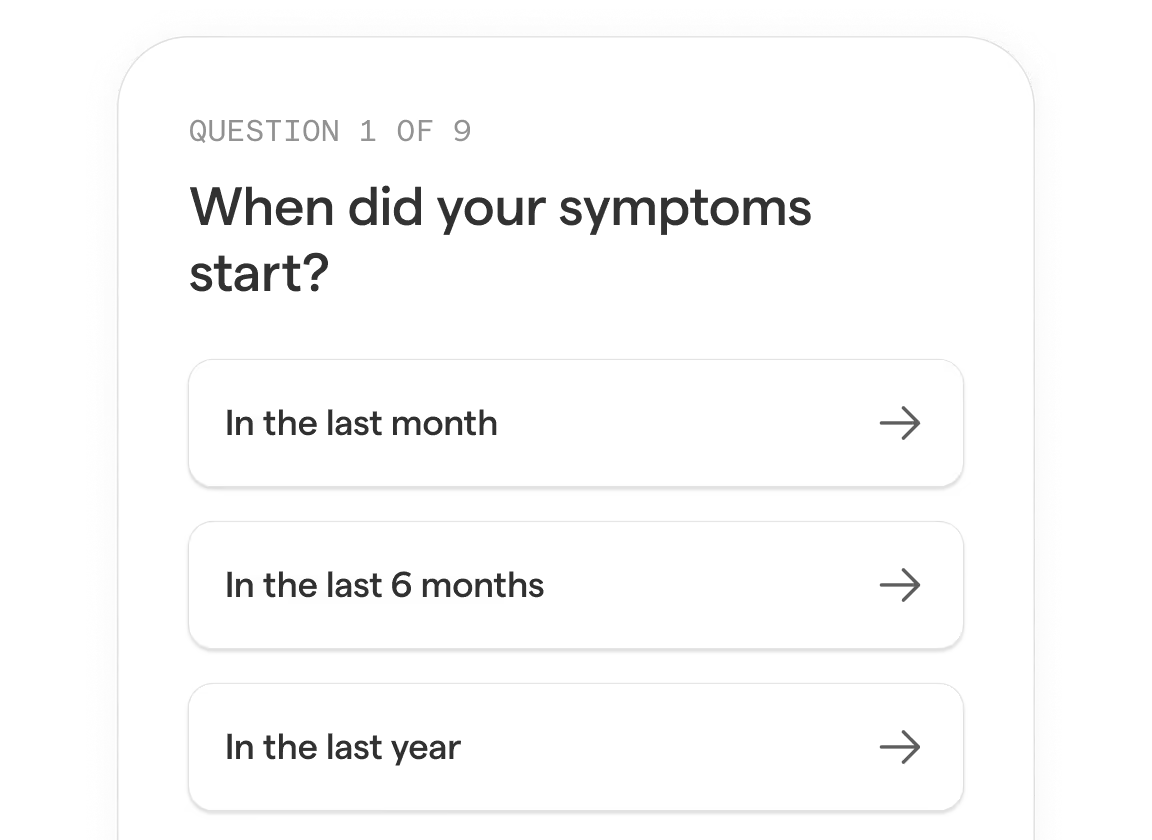Retin-A is a cream or gel that includes the active ingredient tretinoin. It belongs to a family of medications called retinoids.
It’s used to help patients that are experiencing symptoms of acne (acne vulgaris).
For more resources, including a full list of the risks and benefits of Retin-A, please review the product monograph.
Retin-A belongs to a group of medicines called retinoids. Retin-A works by causing your outer skin layer to grow faster, while also becoming thinner. It’s also associated with the thickening of the epidermis - the outermost of the three layers that make up the skin.
These factors help prevent a build-up of debris in the oil glands of your skin, which can cause acne to occur.
What is Retin-A® used to treat?
Retin-A is primarily used for treating the symptoms of acne in patients.
This includes whiteheads, blackheads, papules, pustules, and cysts that are caused by the acne condition.
Before applying Retin-A, you should first gently wash the skin where you plan to apply the medication with a mild, non-medicated soap. Don’t wash these areas more than twice per day.
Apply your once daily dose of Retin-A after about 20-30 minutes to ensure your skin is fully dried.
Spread a pea-sized amount of the medication across the affected areas, using a gauze swag, cotton ball, or clean fingers.
Avoid the corners of your mouth, eyes, nose, and areas with mucus membranes. Don’t use more than the intended dosage, or more than once daily.
Apply a moisturizer or a moisturizer with sunscreen that will not aggravate your acne. Sunscreen should always be used during the day.
If you have any other questions about how to use Retin-A cream or gel, you should talk to your healthcare practitioner at Felix. They’ll be able to give you any guidance that you need to use your medication safely and effectively.
How long does Retin-A® last after you take it?
The most common side effects of Retin-A include:
- Redness
- Swelling or irritation at the application site
- Warmth, stinging, or burning sensations
- Blistering - Crusting, flaking, or peeling skin
- Temporary lightening or darkening of the skin
- Eye irritation
- General feeling of unwell (malaise)
- Fever
In some rare cases, severe side effects can occur from taking Retin-A prescriptions, like allergic reactions or photosensitivity.
If these occur, you should stop taking your Retin-A treatments, and talk to your healthcare practitioner at Felix. They will be able to suggest alternative medications that may work better for you.
While Retin-A is generally safe for use, there are a few people who should avoid using Retin-A, such as:
- People with sensitive skin
- People with frequent, long-stretches of sun exposure (usually due to their job duties)
- People who have an allergy or sensitivity to Retin-A’s ingredients
- People who are pregnant or breastfeeding, or who are planning to become pregnant or breastfeed
Retin-A can also make you more sensitive to sunburns, so it’s important to limit UV exposure and use sunscreen while using Retin-A treatments.
Always follow the directions listed with your online Retin-A prescription. If you have any additional questions, or if you think any of these conditions could apply to you, talk to your healthcare practitioner at Felix.
They’ll be able to give you any additional guidance you need to ensure you’re using your medications safely and effectively.
Further reading










